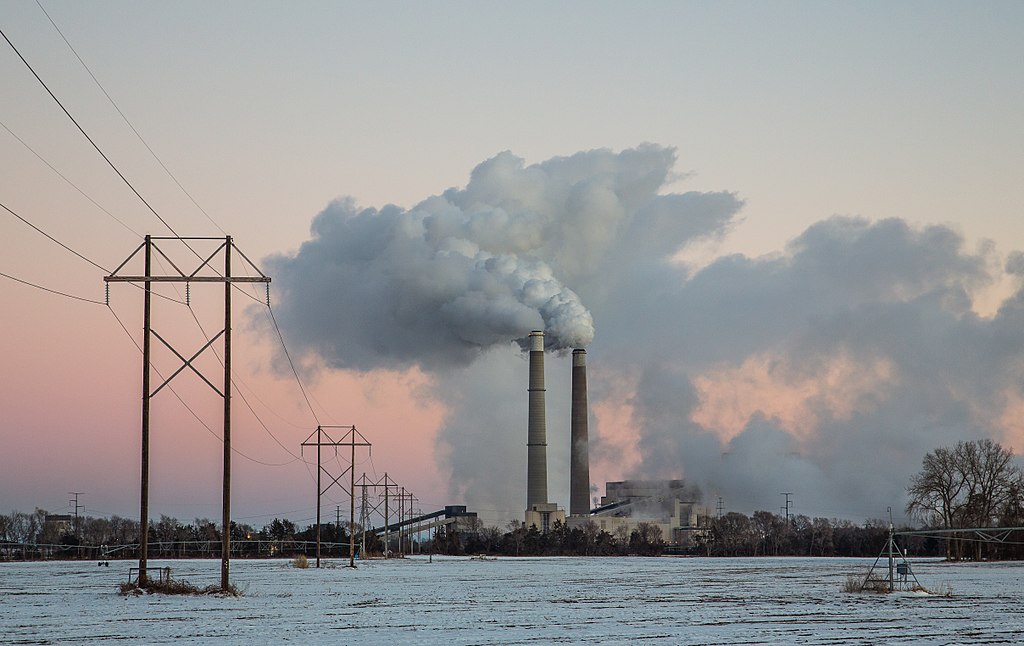Xcel Energy filed plans with Minnesota regulators to build a $575 million, 460 MW solar project next to the company’s existing Sherco coal-fired power plant.
The solar plant would help replace some capacity lost through the retirement of the utility’s three Sherco coal generators. The utility also has proposed building a 750 MW gas-fired power plant at Sherco later this decade. That plan that has drawn fire from environmental and clean energy groups.
If approved, the solar facility would start construction in 2022 and enter service in 2024. It would be developed by Xcel and National Grid Renewables, and Xcel would own and operate the plant.
Reports said that Xcel’s largest single-site solar plant in Minnesota is the North Star project, with a capacity of 100 MW. The state’s largest source of solar power is its Community Solar Garden program, which has 789 MW of capacity across 400 sites.
PG&E microgrid program
Pacific Gas and Electric launched its Community Microgrid Enablement Program to help communities identify, design and build permanent, multi-customer microgrids serving critical facilities and vulnerable customer groups.
The program was approved by the California Public Utilities Commission in March. As part of the program, PG&E will provide technical and financial support for qualifying projects in areas with the greatest energy resilience needs.
Prioritized projects will be those that serve disadvantaged communities, critical facilities such as hospitals, and areas with a higher likelihood of Public Safety Power Shutoffs or other power outage events, as well as projects with higher levels of renewable energy.
The first project under the program is the Redwood Coast Airport Renewable Energy Microgrid, a collaboration among PG&E, the Redwood Coast Energy Authority, Schatz Energy Research Center at Humboldt State University, Humboldt County, and Schweitzer Engineering Laboratories, among others.
The Redwood microgrid will include 250 kW net metered system to offset daily electricity usage at the airport, 2 MW of wholesale power that will feed clean energy directly into the grid, 2 MW battery storage system providing 8 MWh of energy storage, a microgrid controller providing the ability to island from the main grid, and electric vehicle charging stations capable of demand response
The Redwood facility is under construction and scheduled to enter service in December.
Halfway there?
A report from the Energy Department’s Berkeley National Laboratory said that the power sector is halfway to being carbon free.
It said that 17 states, Washington, D.C., and Puerto Rico have adopted laws or executive orders to achieve 100% carbon-free electricity in the coming decades. In addition, 46 U.S. utilities have pledged to go carbon free no later than 2050.
The report said that its review of the past 15 years in the electricity sector shows that large emission reductions are possible. The study, “Halfway to Zero: Progress towards a Carbon-Free Power Sector,” looks back at the 2005 Annual Energy Outlook from the Energy Information Administration.
It found that business-as-usual projections saw annual carbon dioxide emissions rising from 2,400 to 3,000 million metric tons (MMT) from 2005 to 2020. Actual 2020 emissions fell to 1,450 MMT. That meant the U.S. cut power sector emissions by 52% below projected levels, leading the report’s authors to say the power sector is now halfway to zero.
The study said that over the 15-year period, total consumer electricity costs were 18% lower; costs to human health and the climate were 92% and 52% lower, respectively; and the number of jobs in electricity generation was 29% higher.
Arizona li-ion battery recycling center
Battery recycling company Li-Cycle Corp. said it will build its third commercial lithium-ion battery recycling facility near Phoenix.
When complete, Li-Cycle’s “Spoke 3” facility will be capable of processing up to 10,000 tons of end-of-life batteries and battery manufacturing scrap per year, bringing Li-Cycle’s total recycling capacity to 20,000 tons per year.
The company has locations in Rochester, New York, and Kingston, Ontario. The Arizona facility is part of Li-Cycle’s goal to build 20 Spokes globally over the next five years. The Phoenix area is close to Li-Cycle’s existing battery supply network, and near the center of expected growth in volume of batteries available for recycling.
The facility’s production line will be able to process electric vehicle packs without dismantling. It converts battery manufacturing scrap and end-of-life batteries into products including “black mass”, a powder substance containing a variety of metals, including lithium, cobalt, and nickel.
The Spokes will supply black mass to Li-Cycle’s future North American hub, which is currently in late-stage development in Rochester. The hub will then process black mass to produce battery-grade materials, including lithium carbonate, cobalt sulphate, and nickel sulphate, as well as other recycled materials. The company said its process has a recovery rate of up to 95% resource mass recovery.
In February, Li-Cycle said it would merge with Peridot Acquisition Corp., a deal that is set to close in the second quarter.
This content is protected by copyright and may not be reused. If you want to cooperate with us and would like to reuse some of our content, please contact: editors@pv-magazine.com.









By submitting this form you agree to pv magazine using your data for the purposes of publishing your comment.
Your personal data will only be disclosed or otherwise transmitted to third parties for the purposes of spam filtering or if this is necessary for technical maintenance of the website. Any other transfer to third parties will not take place unless this is justified on the basis of applicable data protection regulations or if pv magazine is legally obliged to do so.
You may revoke this consent at any time with effect for the future, in which case your personal data will be deleted immediately. Otherwise, your data will be deleted if pv magazine has processed your request or the purpose of data storage is fulfilled.
Further information on data privacy can be found in our Data Protection Policy.